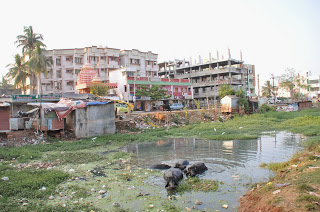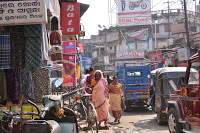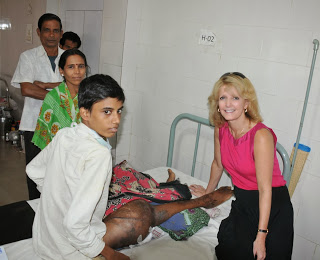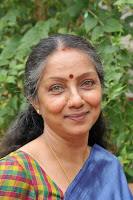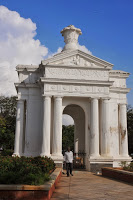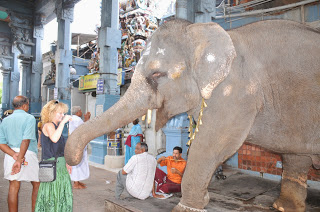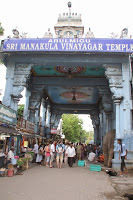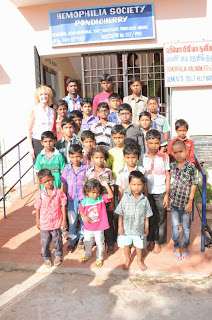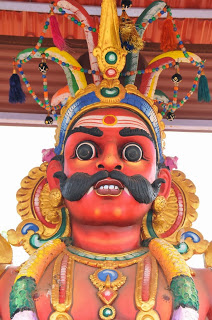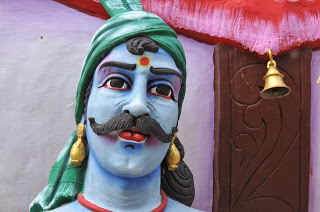Under the Tuscan Sun: A Company Branches Out

I spent last week in Italy. IIt was quite a change from two weeks in India. All I need is Indonesia and I will have done my Eat, Pray, Love hemophilia pilgrimage. Except I managed to eat in India, pray in Italy…. The rest has yet to be seen!
in awe of the treasures of Italy. Nothing man-made captures my stunned, silent
respect and worship like the statue of David.
one in Hungary and one in the United States (currently leased to Grifols).
and hospitality.
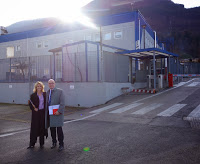
So my purpose in visiting was to see the
plant, and learn more about this newcomer to the US market. Also, Kedrion has
been for a few years now our largest single donor of factor products to
Project SHARE, my factor donation program. We are now collaborating on ways to
secure even more factor to donate to the regions of the world where the 75%
live—those people with hemophilia with little or no access to treatment. Like…
some of the places I had just seen in India.
considered part of a government healthcare system. About 75% of the company is owned by the Marcucci family; 25% is owned by government.
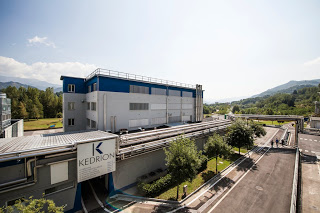 On a frosty Wednesday morning, I removed my jewelry, washed my hands thoroughly, suited up, and entered the plant with my hosts, to tour how plasma products are made. The plant fractionates 1 million liters (about 264,172 gallons) every year, using 24,000 liter tanks. First I watched a film on the plant: how plasma arrives, is checked, monitored and inventoried. How plasma is separated by centrifuge creating cryo paste for fractionation. There are 480 employees in Lucca, and the plant operates 7 days a week, 24 hours a day. It will be closed over Christmas for maintenance and
On a frosty Wednesday morning, I removed my jewelry, washed my hands thoroughly, suited up, and entered the plant with my hosts, to tour how plasma products are made. The plant fractionates 1 million liters (about 264,172 gallons) every year, using 24,000 liter tanks. First I watched a film on the plant: how plasma arrives, is checked, monitored and inventoried. How plasma is separated by centrifuge creating cryo paste for fractionation. There are 480 employees in Lucca, and the plant operates 7 days a week, 24 hours a day. It will be closed over Christmas for maintenance andcleaning. The instruments and suites where products are made are cleaned daily.
On this tour I was able to watch albumin
being made. Albumin is the part of plasma used to bulk-up factor concentrates,
to allow them to be injectible. Alessandro, plant manager and our guide, explained
about different classes assigned to manufacturing suites (A-D), based on sterility
and cleanliness. As each product goes through each manufacturing phase, the
requirements for cleanliness gets more and more complex.
airplane, to push air out if there is a breach, must be monitored constantly. You want a low level of environmental pollutants such as dust, airborne microbes, aerosol particles and chemical vapors. Levels of contamination are specified by the number of particles per cubic meter at a specified particle size. Instruments protruding out of the wall measure constantly the ambient air, and would signal an alarm if the air contained undesirable things in it at a level considered potentially harmful.
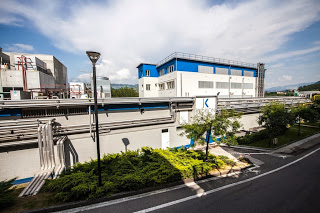 We watched as lab employees handled the sterile vials into which the albumin would be placed, all by machine to reduce human contact. The rubber stoppers were placed, and the machines sealed it with
We watched as lab employees handled the sterile vials into which the albumin would be placed, all by machine to reduce human contact. The rubber stoppers were placed, and the machines sealed it withthe foil. I learned something new: I always thought the rubber stopper might be at risk to cause a breach of integrity of the vial if the vial got too hot or cold. But Alessandro assured me these stoppers are powerful and not likely to contract or expand with different temperature. It really is about temperature control to keep the protein from degredating and becoming less effective, less powerful.
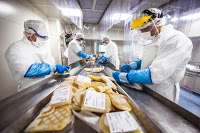 Speaking of power, the plant must have power at all times. What of there was a black out, someone asked? Kedrion is self-sufficient in power, Alessandro explained. They produce energy themselves
Speaking of power, the plant must have power at all times. What of there was a black out, someone asked? Kedrion is self-sufficient in power, Alessandro explained. They produce energy themselvesusing methane gas production.
qualified donors, NAT testing, pathogen inactivation, and TSE agents, to assure that the products are safe.
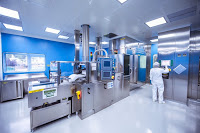 The Italian Health System is complex, making me realize we aren’t the only ones with healthcare budgetary woes. With 19 regions that are traditionally independent, 645 public hospitals, 50 HTCs, and an ongoing economic crisis, the federal government is trying to consolidate hospitals, and is asking for additional cost reductions from
The Italian Health System is complex, making me realize we aren’t the only ones with healthcare budgetary woes. With 19 regions that are traditionally independent, 645 public hospitals, 50 HTCs, and an ongoing economic crisis, the federal government is trying to consolidate hospitals, and is asking for additional cost reductions fromindustry. And yet Kedrion must continue to fractionate Italian blood and return plasma-derived products back to the various regions.
by selling the plasma products to other countries. Or maybe, donating? To India, to Africa? We will see.
built on Italian plasma and by a family dynasty, and its branches go out into the air, the world. I’m hoping they continue to branch towards developing countries, to patients waiting to know this unique company and benefit from its products.
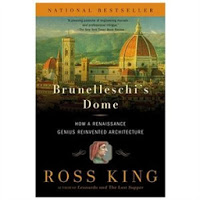
stepped into the cobblestone streets each morning, the massive façade, capped by the
astounding dome, greeted me. This book goes into great detail about what it
took to create the 37,000 ton dome, one of the largest cupolas in the world,
completed in 1436. It took 16 years to complete (over 100 for the Cathedral itself!),
and the architectural construction was filled with competition, craftiness and creativity. Brunelleschi
invented all kinds of new ways to transport marble, to hoist the marble. He was
a genius of architecture, and this Dome today still awes and impresses. This
story is compelling, and shows the potential of man to create and persist. Brunelleschi
was foiled many times, faced many obstacles, but finished it, leaving behind
one of the most prominent and important symbols of the Renaissance. A must read
for anyone going to Florence. But a fabulous book on any account. I climbed the
436 stairs to the top and was rewarded with a breathtaking view of Florence, one
of my favorite cities. It boggles the mind how this could have been created, at
such a time, with such vision. You’ll never look at a church steeple or
basilica the same again once you read this. Five/five stars!

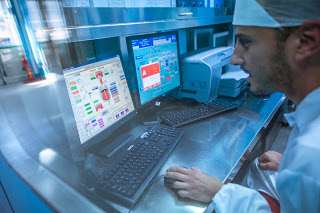
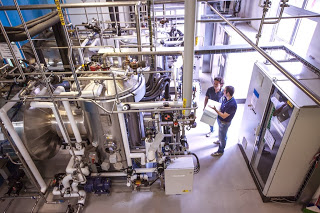
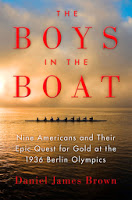
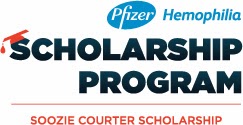
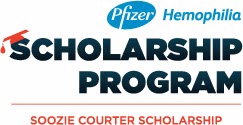
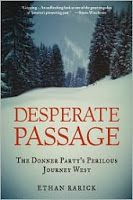
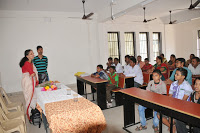
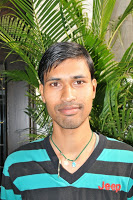
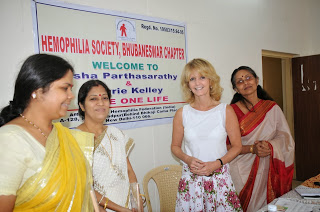
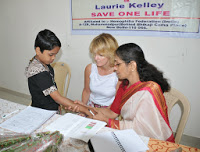
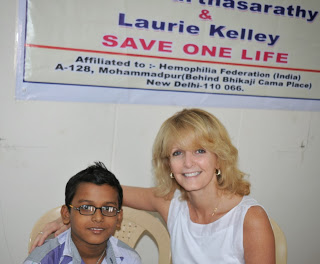
 We took photos with each child, recorded their progress and needs. The dean of the medical college came in to meet us, and greet the children. After a few hours, a take-away lunch was served, and we set out to do some home visits. One obstacle to our work is language: communication is really confusing here. India has about 70 languages, so when we travel to different cities, we have to speak English, translated into Hindi, translated into the local language and then back again. So three people are needed to ask questions and translate! When 2-3 people are speaking simultaneously, explaining, talking over each other, questions and answers are easily misunderstood. We must be über careful when interviewing so correct information is taken. Some things are almost a given and are never misconstrued: most families earn about $10- $40 a month, nothing when you think of what they have to buy. And add hemophilia on top of this… life is a day to day struggle to survive.
We took photos with each child, recorded their progress and needs. The dean of the medical college came in to meet us, and greet the children. After a few hours, a take-away lunch was served, and we set out to do some home visits. One obstacle to our work is language: communication is really confusing here. India has about 70 languages, so when we travel to different cities, we have to speak English, translated into Hindi, translated into the local language and then back again. So three people are needed to ask questions and translate! When 2-3 people are speaking simultaneously, explaining, talking over each other, questions and answers are easily misunderstood. We must be über careful when interviewing so correct information is taken. Some things are almost a given and are never misconstrued: most families earn about $10- $40 a month, nothing when you think of what they have to buy. And add hemophilia on top of this… life is a day to day struggle to survive.